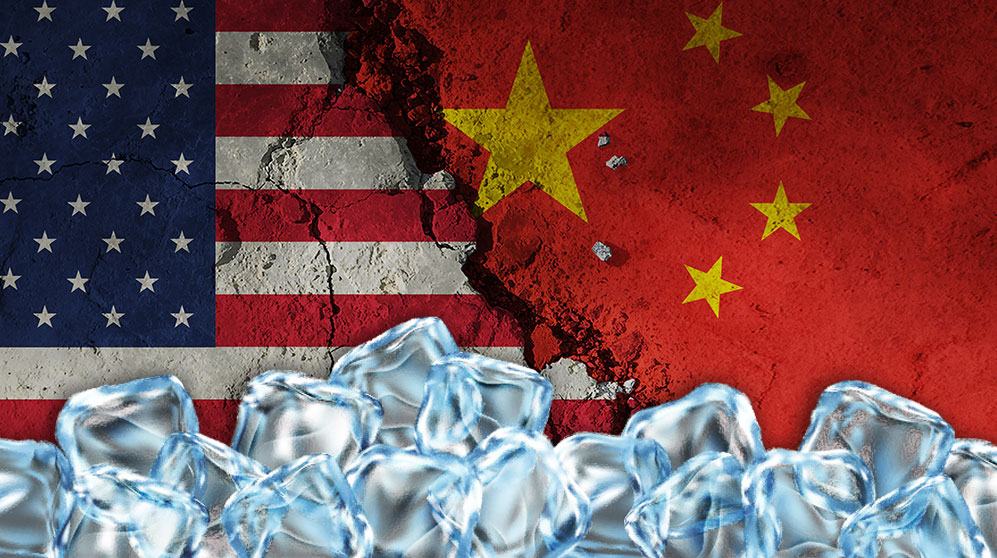What’s the Deal? U.S.-China Trade Relations Remain Frosty
• 3 min read

Get the latest in Research & Insights
Sign up to receive a weekly email summary of new articles posted to AMG Research & Insights.

Eight months after promising a top-to-bottom policy review of trade with China, the White House appears to be pushing for evolution rather than revolution. Recent comments from U.S. officials have lacked specifics on planned demands or timing of next steps.
So, if 2021 is to mark a new chapter in the trade relations between two economic behemoths, as many investors hoped, the opening paragraphs remain unwritten.
A more ambitious plotline would actively reinsert the United States into shaping the global trading system, a role that China appears willing to play. Just last month, China applied to join the Comprehensive and Progressive Agreement for Trans-Pacific Partnership, which evolved out of the trade alliance America withdrew from in 2017.
For now, U.S. trade officials pledge to hold talks with Chinese counterparts over Beijing’s failure to meet the terms of the prior administration’s Phase 1 trade deal and minced no words in accusing China’s government of continuing to “shape its economy to the will of the state, hurting the interests of workers here in the U.S. and around the world.”
Beijing promised to boost purchases of American goods and services by $200 billion in 2020 and 2021 but is on track to meet only 62% of the goal, according to estimates from the Peterson Institute for International Economics. (The targets were admittedly set before the COVID-19 pandemic ensnared global logistics and impaired worldwide trade.) The White House signaled it will press Beijing on commitments it made in the trade deal.
To that end, most existing U.S. tariffs on hundreds of billions of dollars of Chinese goods will remain in place, acting as potential bargaining chips once discussions commence. However, U.S. officials don’t believe China is prepared to negotiate in earnest, at least for now, and any Phase 2 trade deal doesn’t seem imminent. Such a deal could shift the focus from goods like soybeans and steel to thornier topics such as intellectual property, data flows, and regulatory issues.
Washington’s measured approach may be intentional and ultimately advantageous. First, growing geopolitical tensions over Taiwan’s sovereignty will likely take priority over trade matters. Second, China’s economy is slowing down and bargaining leverage may tip in America’s favor in the coming months. Third, the respective heads of state have yet to hold a face-to-face meeting, although they have spoken on the phone. The White House might be saving its most substantive trade requests for such a meeting.
This information is for general information use only. It is not tailored to any specific situation, is not intended to be investment, tax, financial, legal, or other advice and should not be relied on as such. AMG’s opinions are subject to change without notice, and this report may not be updated to reflect changes in opinion. Forecasts, estimates, and certain other information contained herein are based on proprietary research and should not be considered investment advice or a recommendation to buy, sell or hold any particular security, strategy, or investment product.
Get the latest in Research & Insights
Sign up to receive a weekly email summary of new articles posted to AMG Research & Insights.


